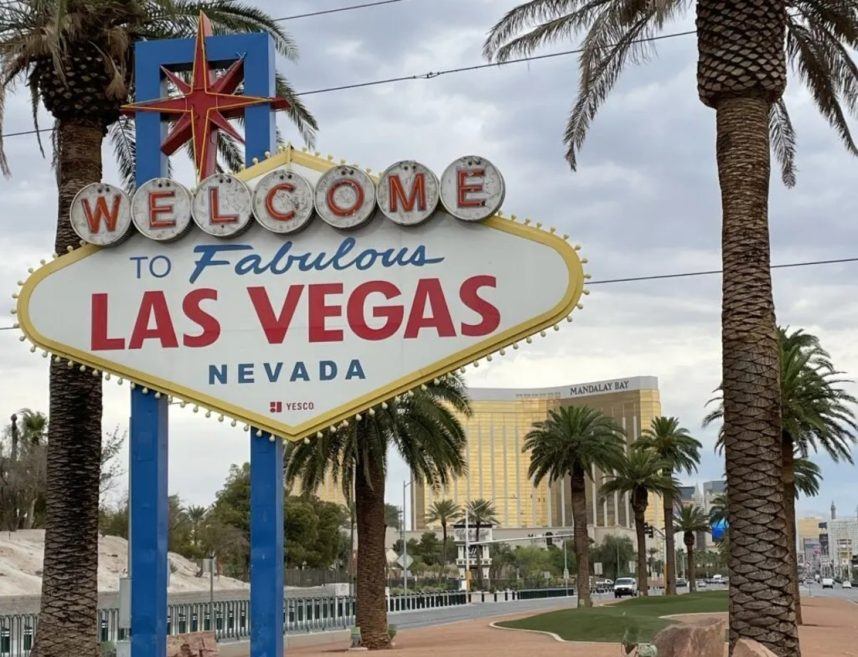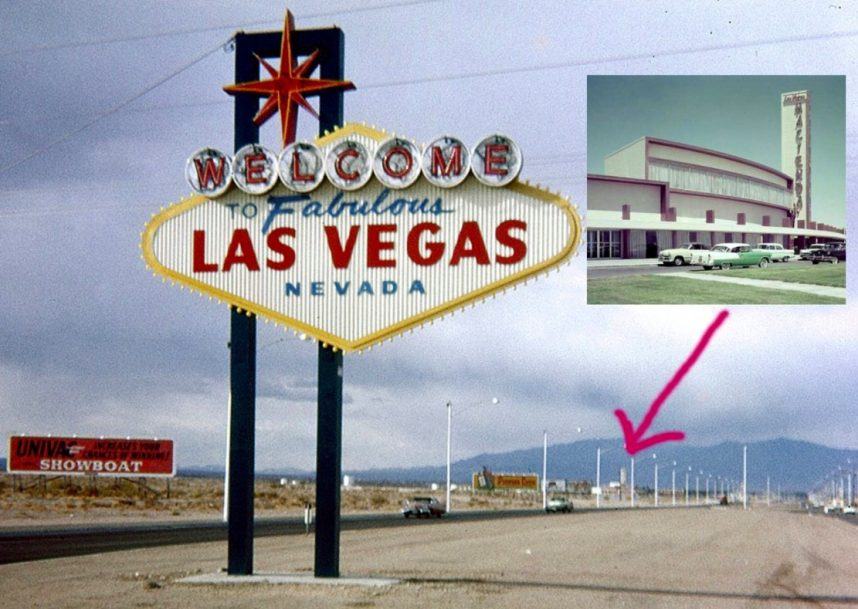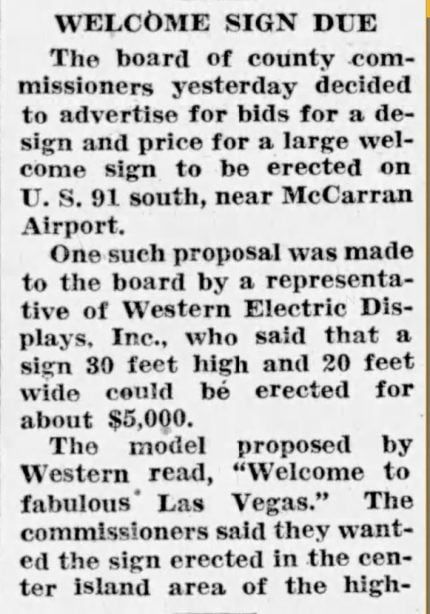Posted on: January 22, 2024, 08:13h.
Last updated on: January 21, 2024, 10:52h.
Last month, we debunked the myth about the official boundaries of the Las Vegas Strip. In that edition, we mentioned that the Welcome to Fabulous Las Vegas (WTFLV) sign could potentially move several miles southward to accommodate the Strip’s future expansion.

We omitted the fact that the sign had already been moved southward since its 1959 installation for the same reason: it’s a myth.
Vital Sign
In the summer of 1959, the WTFLV sign was installed by the Western Electric Displays sign company, also known as Western Neon. The idea came from salesman Ted Rogich, who wanted to officially welcome motorists from Southern California. The sign was designed by the company’s commercial artist, Betty Willis. “We wanted something that would identify Las Vegas and be as exciting and welcoming as they could get,” Willis told a Neon Museum blogger in 2015. “We put flashing lights, chasing neon, and everything we could to put action into it. The whole theme of the sign was to make people feel welcome.”
The primary inspiration for the design came from the sign at the Riviera. The letters W-E-L-C-O-M-E were presented as silver dollars, similar to those coming out of a slot machine jackpot. Instead of the Riv sign’s triangle, Willis went with a standard hotel key fob as her sign’s main shape.
The WTFLV sign was installed next to the old entrance to McCarran Field, known today as Harry Reid International Airport, because it was the southernmost limit for casino resort development at the time. This location was essentially the edge of untouched desert in the area.
Over the decades, development moved southward along Las Vegas Boulevard. Some mistakenly believe the sign moved along with it.
Fake News
The myth of the shifting WTFLV sign was first reported as fact by a 1998 story in the Las Vegas Review-Journal, never retracted or uploaded to the internet. Despite its unverified status, the story earned a reference in the sign’s registration form for the National Register of Historic Places. “There have been reports that the sign was moved,” the form reads, noting no documentation was found with Clark County or YESCO, the sign’s current owner, that confirms this.
However, there is photographic proof showing the sign was never moved. You just have to know where to look for it.

Mandalay Bay stands 0.4 miles (2,112 feet) to the north of the sign currently. So did the Hacienda casino hotel, which was demolished on Dec. 31, 1996, to build Mandalay Bay.
Behind the first known photo of the WTFLV sign, taken by an unknown tourist in September 1959, the Hacienda looks farther away than Mandalay Bay does in modern images. However, this is just an illusion created because the original Hacienda was a three-story structure, while Mandalay Bay is over 14 times taller.
This demonstrates that the WTFLV sign was installed in the exact location where it stands currently. If the sign were ever moved, the Hacienda would appear closer in the old photo.

Myth Understood
As with many myths, the WTFLV sign myth flourished due to a lack of information about its subject.
The reason we had to write the sign was installed “sometime in the summer of 1959” is that no one knows for sure when this happened, as it wasn’t considered a noteworthy event. Back then, no one knew the WTFLV sign would become the global icon as it is today, second in sign fame only to Hollywood’s. So no ceremonies commemorated its groundbreaking, completion, unveiling, or lighting.
There are not even any known photos of its construction. After its approval by the Clark County Commission on May 5, 1959, no mention was made of the sign in any newspaper until months after it was already up and flashing.
Look for “Vegas Myths Busted” every Monday on Casino.org. Visit VegasMythsBusted.com to read previously busted Vegas myths. Got a suggestion for a Vegas myth that needs busting? Email [email protected].
[ad_2]
Source link


